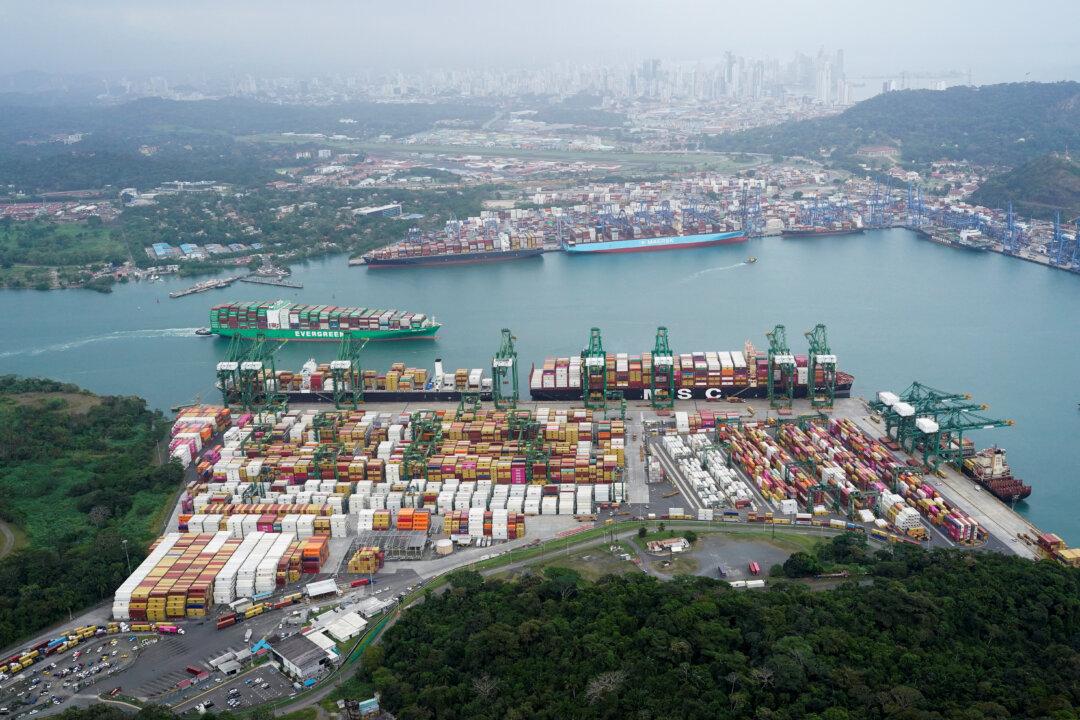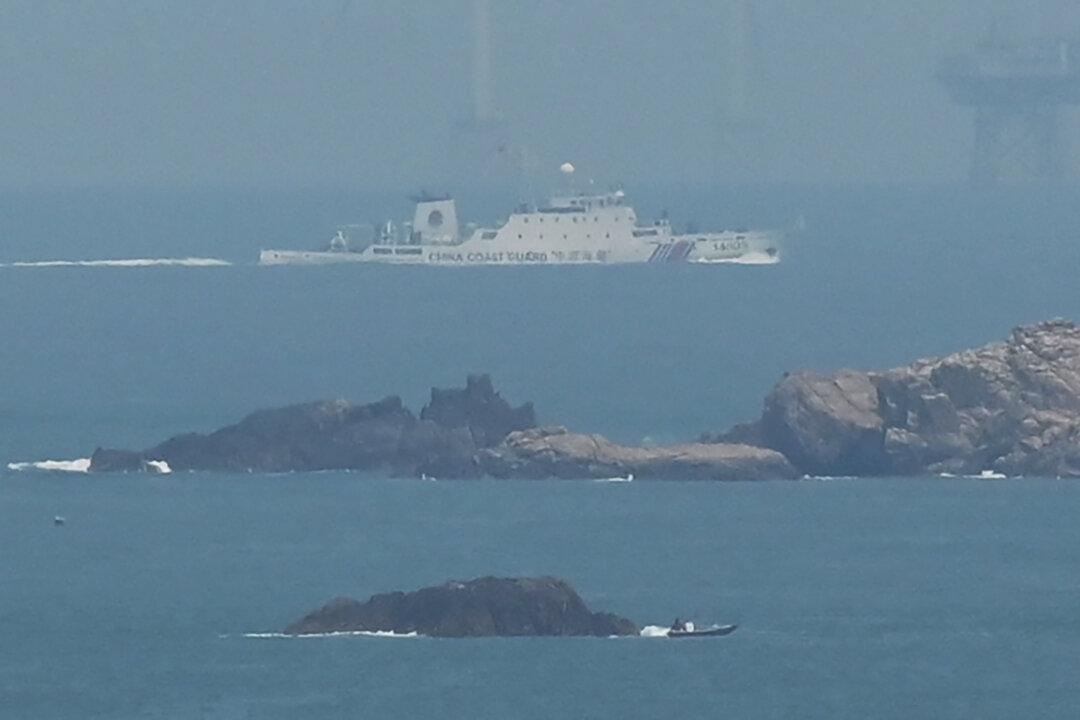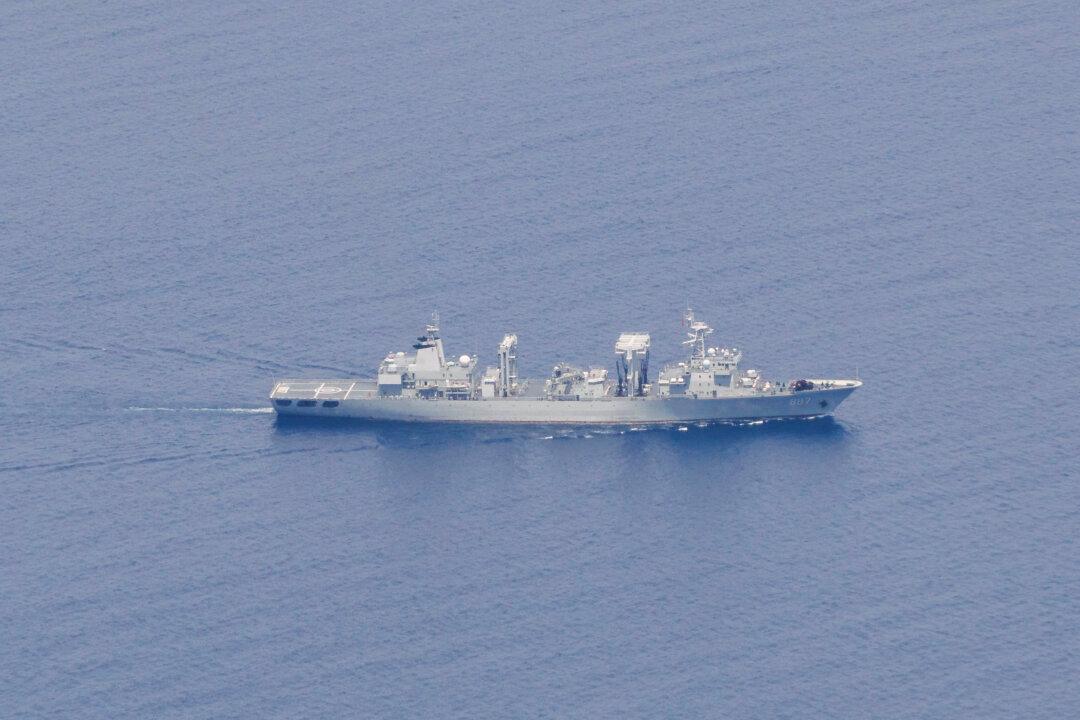Commentary
In a move rarely seen, China rejected and returned two Boeing 737 civil airliners that were already at the Boeing pre-delivery facility in the country that performs final finishing of the aircraft. The Boeing 737 Completion and Delivery Center is located in Zhoushan, Zhejiang Province. The completion center is a joint venture between Boeing and Commercial Aircraft Corporation of China, Ltd. According to the Boeing website, employees at the Zhoushan facility install interiors and paint liveries for 737 MAX airplanes bound for Chinese airlines.
Aviation Week reports that the first aircraft returned was painted in Xiamen Airlines colors and arrived in Seattle on April 20, while the second aircraft was also prepped for Xiamen Airlines.
The top three Chinese airlines—Air China, China Eastern Airlines, and China Southern Airlines—had planned to take delivery of 179 Boeing planes between 2025 and 2027. The U.S. tariffs initiated by President Trump to match the equivalency of foreign tariffs on U.S. products were often cited as the reason behind China’s abrupt actions with Boeing. However, there is a bit of intentional brinksmanship and staged media on this Chinese action. This day was long coming, as China has been working toward a large-scale release of their alternative offerings to Boeing and Airbus.
Tariffs Gave China the Pretense to Trigger Its Civil Airliner Takeover Plan
In July 2024, The Epoch Times reported that Boeing and Airbus were in the crosshairs of the Chinese economic sector takeover plan. The second-largest aircraft lessor in the world, Dubai Aerospace Enterprise, was forecasting that 2024 would be the breakout year for Commercial Aircraft Corporation of China (Comac). Comac has been working for years as a direct competitor to the Boeing 737 and the Airbus A320. The manufacturer received two large orders totaling 200 aircraft from Chinese airlines to be delivered over several years until 2031. While the Chinese airlines have hundreds of Boeing and Airbus aircraft on back order, these were the first major orders for the Comac aircraft.An important red flag of concern has been attached to Comac by the U.S. Department of Defense, which now officially lists it as a Chinese military company. With this listing, Comac should be considered a “civil-military fusion” player that is actively asserting the Chinese communist intent and agenda.
It is interesting that in the South China Morning Post on March 25, in advance of the tariff focus by the Trump administration, it was reported that Comac “plans a further 50 per cent boost to production capacity for the C919 – the country’s first home-grown narrowbody jet – this year as it ramps up the challenge to the Boeing-Airbus duopoly in the domestic market, according to information shared with suppliers at a conference in Xian this week.“ The article went on to say that Comac ”will increase production capacity to 75 planes – up from the 50 it announced in January – according to a WeChat account focused on the company’s supply chain.”
Even in advance of the current Tariff clashes, China was appearing to make its breakout move.
Comac Aircraft Certification by US/European Authorities a Bridge Too Far
A significant issue for Comac is the Western certification of their aircraft. The certification process requires transparency and visibility in many areas that Comac would likely be averse to cooperating with. The current certification progress of the C919 and other Comac aircraft by the U.S. Federal Aviation Agency (FAA) and its European equivalent, the European Union Aviation Safety Agency (EASA), is lagging. Steven Udvar-Hazy, the executive chairman of one of the giants of commercial airliner leasing, Air Lease, was dismissive of the C919. “I do not believe at this point in time that the FAA and the [EASA] would certify the 919 and its current state for export,” he said in March 2024.There is a concerning intersection of Comac with Boeing. In Italy, the Alenia facility outside Naples participates in the production of the Boeing 787, producing about a “14% share of (the) 787’s airframe,” according to the firm’s website. What is also curious about the Alenia facility is the relation of both Russian and Chinese interests, apparently in the same facility with Boeing.
On Oct. 26, 2018, China, through Comac, signed with Leonardo (parent of Alenia) to develop the CR929, essentially the Chinese equivalent to the Boeing 737. Although the Leonardo listing mentions Comac, Comac has also created a joint venture with United Aircraft Corporation of the Russian Federation and the CR929 is really the China-Russia Commercial Aircraft International Corporation Co., Ltd. (CRAIC) CR929. With current events, this intertwined relationship of Boeing, Alenia, Comac, and CRAIC is untenable.
Is There Enough BRICS Market Share to Make the Chinese Airliners Viable?
The certification process is likely too difficult for Comac to achieve in the Western-aligned nations. The question is, is there enough market share in the Chinese, Russian, North Korean, Iranian, Venezuelan, and South African airline companies to make the Comac challenge to Boeing and Airbus a reality? Possibly.The success of Airbus and Boeing is astonishing. There is an almost 11-year wait time in the production cue to obtain an Airbus and Boeing civil airliner. There are roughly 8,700 Airbus aircraft that are ordered and waiting for production, while Boeing has about 6,300 aircraft orders to be fulfilled. Boeing has had some challenges but appears to be moving on a pathway of recovery. The loss of Chinese orders is almost a rounding error in the magnitude of the backlog.
This Airbus/Boeing success is potentially an incentive for China-aligned nations to obtain non-Western certified Comac aircraft. This may mean that their aircraft can only fly to and from China-aligned nations, but that may be good enough for those countries that choose to side with China.
Views expressed in this article are opinions of the author and do not necessarily reflect the views of The Epoch Times.







